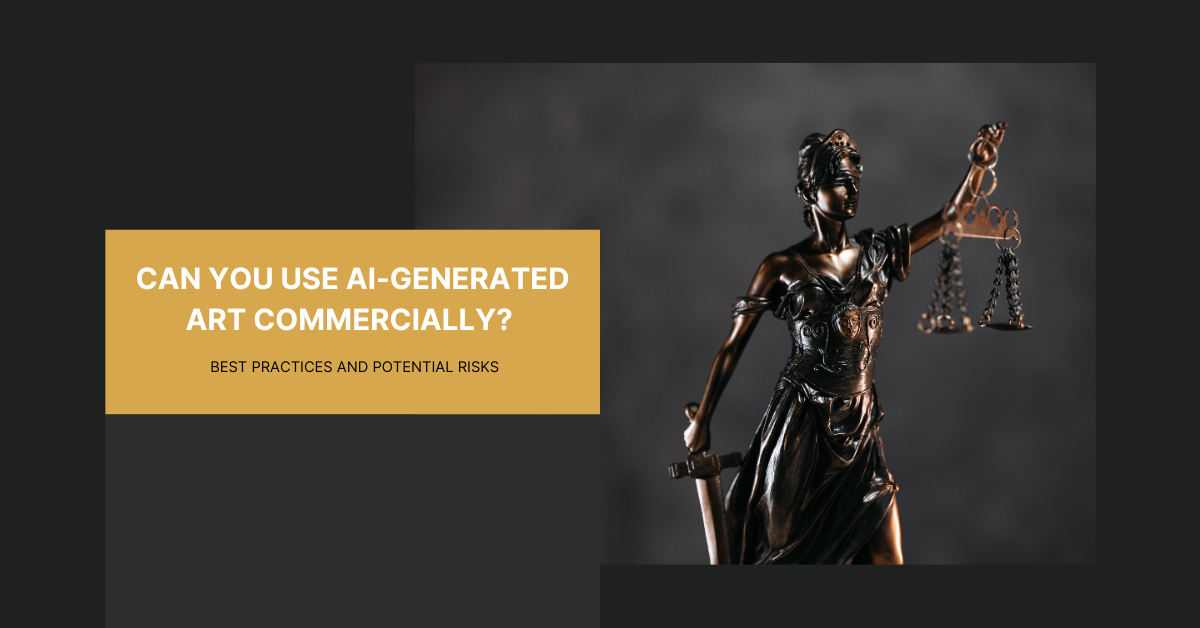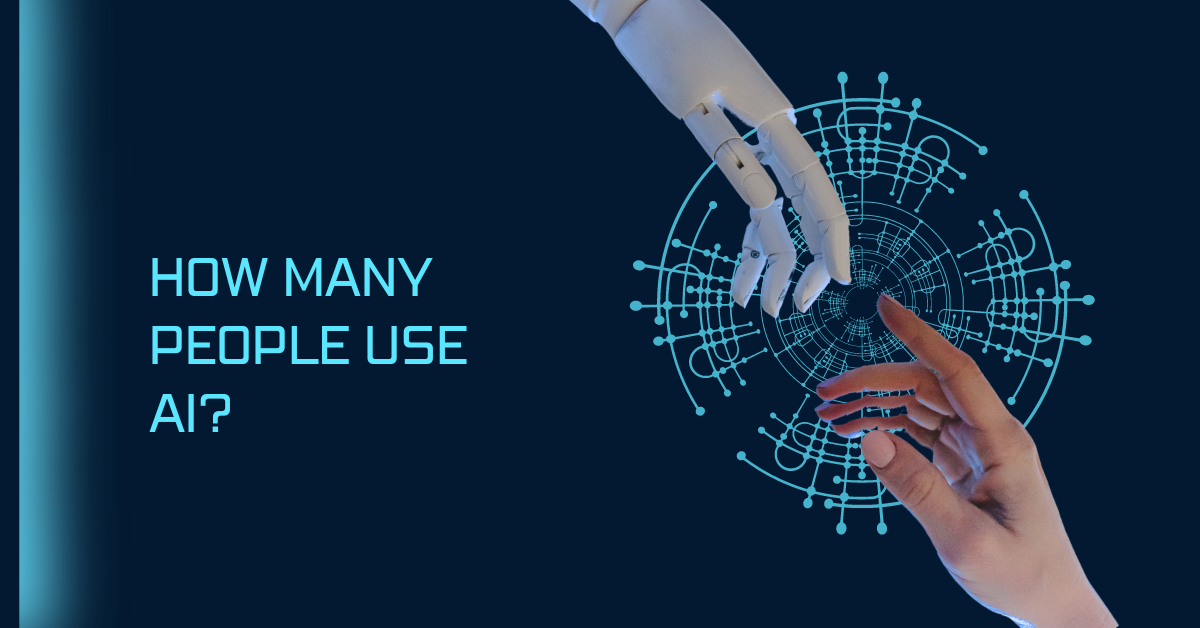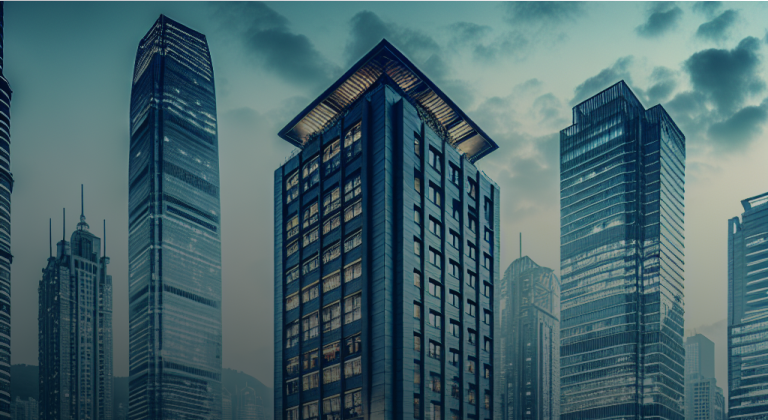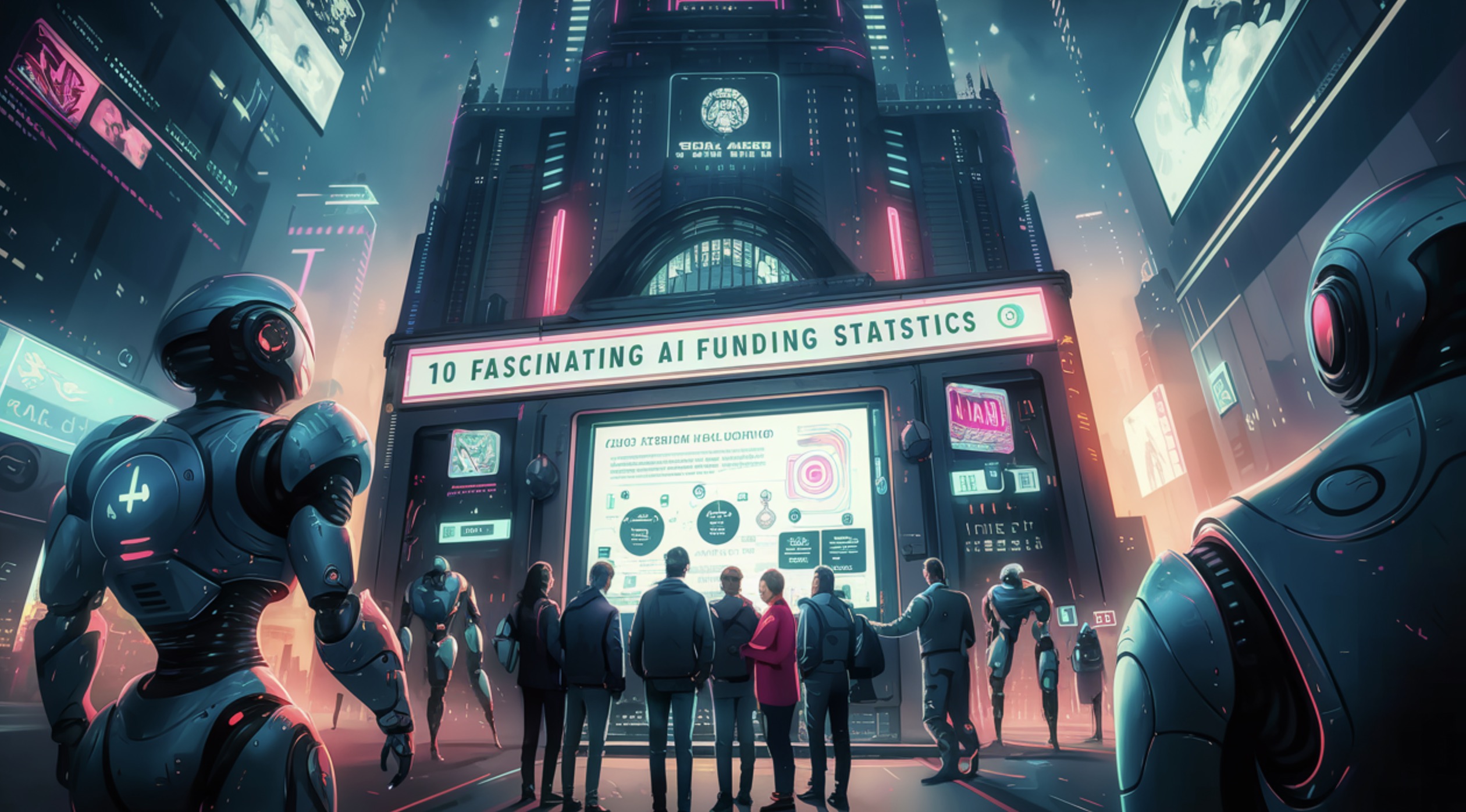Artificial Intelligence is now integral to modern society's day-to-day lives. More than 70% of businesses in the world are starting to use AI. One industry in which AI is making its breakthrough is the arts.
There has been a steady rise in versatile and high-quality AI art generators—like Dall-E, Midjourney, and ArtSmart. These tools turn words into images and create stunning artworks that exceed the imagination.
Discover how AI technology is capable of bringing user vision to life. In this article, you will find out how AI art generators work.
Exploring the Mechanics Behind AI Art Generators
AI art generation uses machine learning and neural networks. Machine learning allows AI models to learn patterns from datasets of images and text. Meanwhile, neural networks simulate how the human brain works to enable AI models to process data in a human-like manner.
By harnessing the power of machine learning and neural networks, AI art generators can analyze text prompts and generate images based on the patterns they have learned. This process allows the AI to understand and produce the desired image.
There are two primary types of AI models used in AI art generation: Generative Adversarial Networks (GANs) and Diffusion Models.
- Generative Adversarial Networks
GANs consist of two competing neural networks—a generator and a discriminator. The generator creates new data, while the discriminator determines whether the generated data is real. Through repetitive training and refinement, GANs can produce increasingly realistic images.
- Diffusion Models
Diffusion Models progressively refine noise fields into images based on the given prompt. These models use a series of diffusion steps to transform the noise into visual content with meaning. This process enables users to make unique and diverse images that align with their desired style.
GANs are great at creating hyper-realistic photos, which is ideal for tasks that require high fidelity. On the other hand, diffusion models provide creativity and flexibility, making them suitable for artistic and visual projects.
Find out more about the two models in the video below:
The Role of Prompts in AI Art Generation
The text prompt plays a crucial role in guiding the AI art generator. Users can describe the desired image through keywords, style references, and details about the mood or atmosphere that the image should convey.
To write an effective prompt, start with a simple description and gradually add complexity. Using descriptive language and referencing existing art styles can help the tool understand and create according to your desired outcome.
| ✅ Pro Tip Input as many details as possible to generate the best image result. You may not get a perfect result on the first try, but refining keywords and repeating the process will bring you closer to your desired image. |
How AI Art Generators Bring Imagination to Life
The creation process of AI art generators involves several steps:
- User enters a text prompt that describes the desired image.
- User may have the option to select specific style options where available.
- The AI model interprets the prompt and analyzes its learned patterns to generate an image that aligns with the user's description.
- Some generators offer multiple variations of the image based on the same prompt, allowing users to choose one that best matches their vision.
The image above was created using ArtSmart with these prompts:
| The Beautiful Fairy Queen, fantasy art, hyper-detailed, hyperrealism, beautiful, complex, hyperdetailed, intricate, elaborate, photorealistic, Mark Brooks, oil on canvas, hyperrealism, Houdini 3D, soft, creamy skin |
Limitations of AI Art Generators
While AI art generator tools are impressive, you must acknowledge their limits. These limitations can include nonsensical image elements, quality issues, or difficulty in achieving extreme photorealism.
AI models are evolving, but creating flawless, highly realistic art will always be challenging. However, the limitations of AI art should not hinder you from exploring its potential.
The Future of AI Art
The future of the AI art generation is filled with exciting possibilities. This technology has the potential to democratize art creation, allowing anyone with access to AI tools to express their creativity and produce stunning artwork.
AI art generation can also serve as a source of inspiration for new artistic movements. By analyzing vast datasets of art, AI models can learn and generate unique styles and techniques that push the boundaries of traditional art forms.
As AI advances, we can expect to see even more innovative and awe-inspiring art generated by these intelligent systems.
Conclusion
AI art generation is made possible through machine learning and neural networks. The power of prompts is crucial to generating text and images and creating wonderful digital artwork. It is only through experimenting, tweaking keywords, and using our imagination that we can develop our desired artwork!






